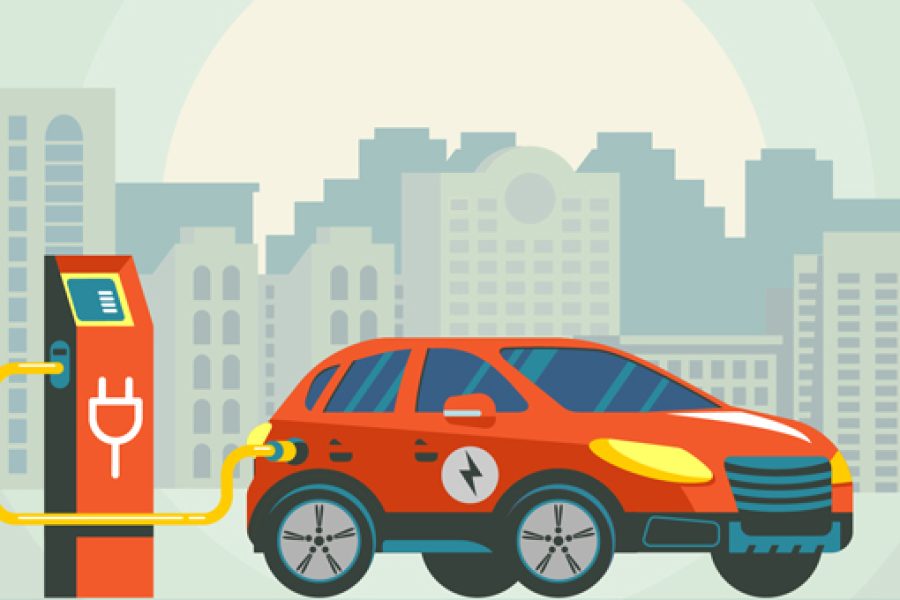Could it be that in their hot green haste to eliminate fossil fuels from California that lawmakers have not given much thought, if any, to an unintended consequence of their actions that will have harmful environmental effects?
Sure seems like it.
Under orders from Gov. Gavin Newsom, all new automobiles sold in the state beginning in 2035 will have to be electric. That means they will be powered by batteries. Big batteries. The largest power pack on a Tesla Model S or Model X, the heaviest and most powerful battery in the industry, weighs nearly 1,400 pounds. The average weight of an EV battery is about a half ton.
One day these batteries will no longer be chargeable and have to be discarded. And as noted by media reports, “it’s not clear what’s going to happen to them.”
For now, used batteries “appear to be stockpiled in hopes of greater reuse and recycling markets,” says the Southern California News Group. “But eventually those batteries, along with the toxic chemicals that can leach out of them, could end up in hazardous waste landfills.”
Or in parts unknown. A draft report from the Lithium-ion Car Battery Recycling Advisory Group created to advise lawmakers says there is no party “required to coordinate and pay for the collection, transportation, and processing of retired out-of-warranty batteries.” With no process in place “to collect stranded batteries, they may be unsafely accumulated, illegally abandoned, or improperly managed domestically and abroad.”
Paul Anderson of the University of Birmingham in Great Britain told the BBC last year that “in 10 to 15 years when there are large numbers coming to the end of their life, it’s going to be very important that we have a recycling industry.” But, according to the Southern California News Group, “California has no EV-battery recycling plants.” Worse, there are “few plans” for the “coming toxic flood.”
There are about 2 million new vehicle registrations in California each year. Roughly 6% of new sales in 2020 were EVs (not counting hybrids). Assuming no changes in that rate, nor in the total number of new cars and light trucks sold annually, over the next 10 to 12 years we can expect at least an additional 1.2 million to 1.44 million electric automobiles on the road, each of them with its own doomed battery. The true total is likely to be higher, given Californians’ fondness for EVs and the status they confer in some circles, as well as expected population growth.
A more dramatic spike, however, will arrive in 13 years, due to the governor’s executive order. From 2035 onward, every new car sold in the state will use batteries that one day will have to be disposed of.
Joining the growing heap of dead EV power packs at some point will be the industrial scale batteries needed to store energy from solar plants and wind farms (some of which might be expired car batteries that had been repurposed to back up renewables). The pace of newly created hazardous waste will pick up again as the state races to meet the legislative-gubernatorial decree that by 2045 all electricity must be generated by only those two sources. Imagine the footprint required to handle the steady stream of new arrivals from both the transportation and utility sectors.
This is only part of the story. Batteries are an environmental threat long before they’ve exhausted their usefulness, in fact, even before their birth. Mining for the natural resources needed to build batteries is a dirty job. The left-wing British Guardian, in a story headlined “The curse of ‘white oil‘: electric vehicles’ dirty secret,” says “the lithium gold rush threatens environmental damage on an industrial scale.” Even the recycling process can run afoul of green standards.
“There are some very real environmental benefits to EVs on paper,” says Interesting Engineering, yet “in reality, there is no such thing as ‘free lunch’; they may not be that ‘clean’ after all.”
The battery rush is on in California, though, and the delirium seems to rival the raging gold fever of the mid-19th century.
Kerry Jackson is a fellow with the Center for California Reform at the Pacific Research Institute.


